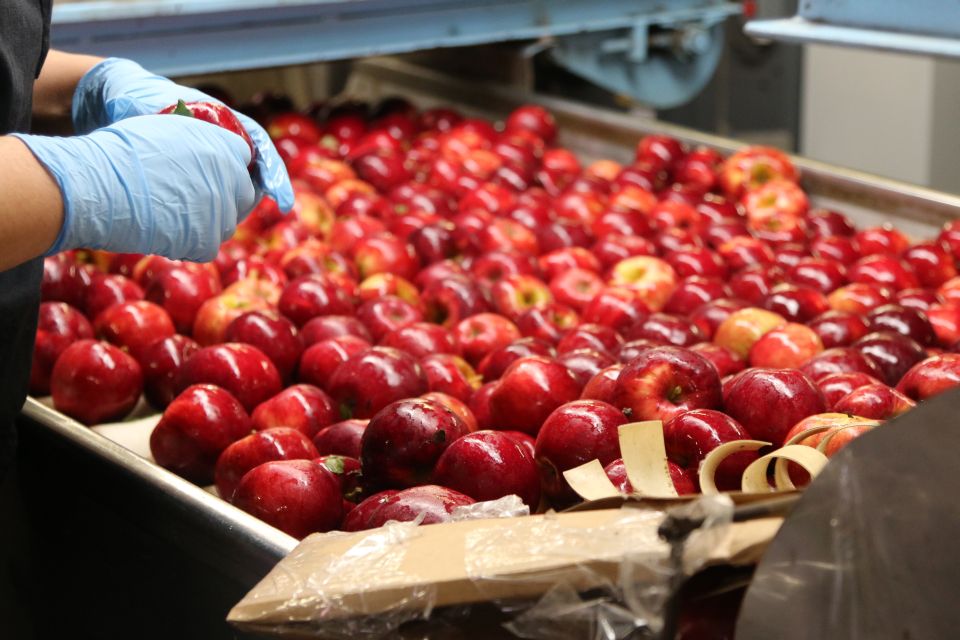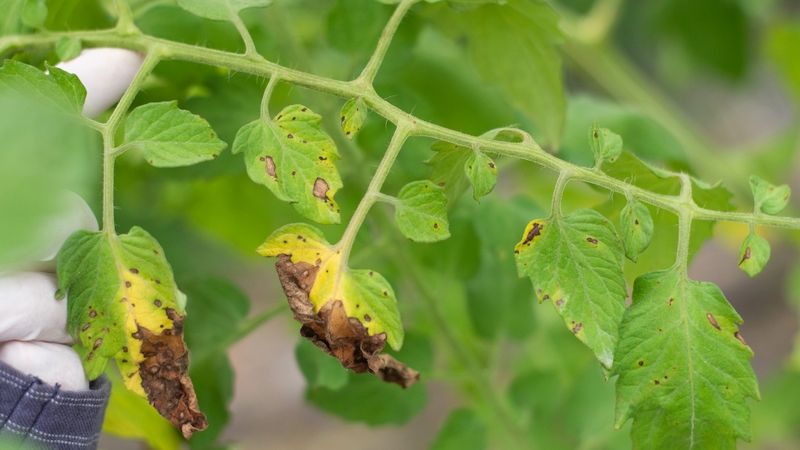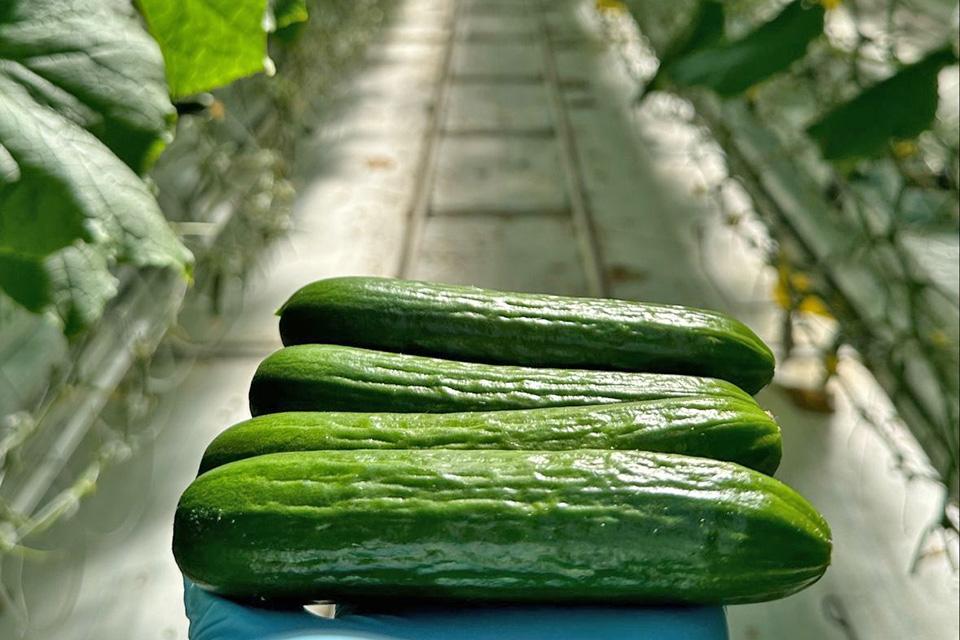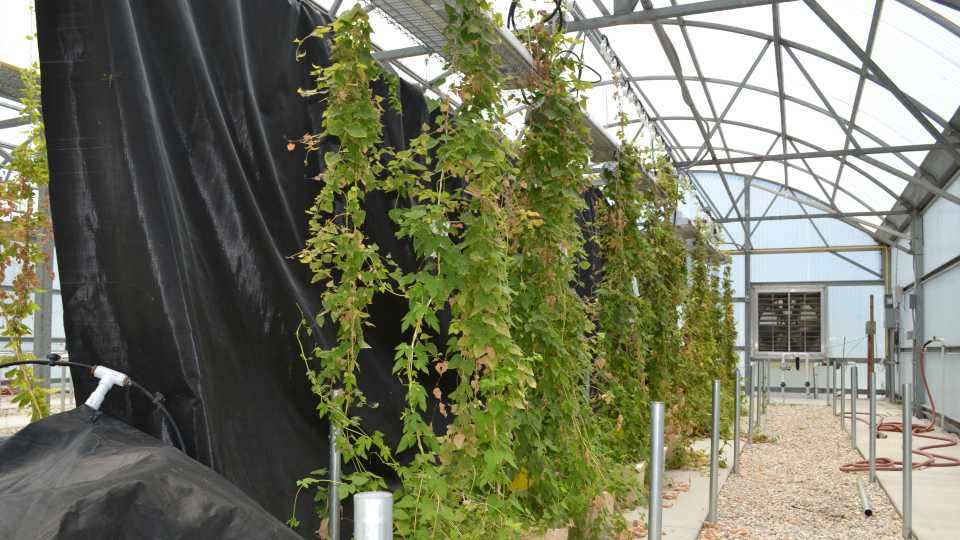Scientists, Agencies Go To Battle Against Invasive Plants
The South Florida Water Management District (SFWMD) and the U.S. Army Corps of Engineers recently signed a Project Partnership Agreement to build a science facility to raise insects for use as biological controls. These insects and other biological controls are used to manage the spread of invasive exotic plant species such as melaleuca, Lygodium and Brazilian pepper.
“While invasive snakes may receive headline attention, exotic plant species are also extremely damaging and continue to invade South Florida’s ecosystems,” said Ken Ammon, P.E., SFWMD Deputy Executive Director – Everglades Restoration and Capital Projects. “Developing and deploying thoroughly researched biological controls are among our best and most environmentally friendly defenses. The work conducted at this facility will significantly help in our efforts to protect and restore the Everglades.”
The project consists of a 2,700-square-foot annex to the U.S. Department of Agriculture’s Agricultural Research Service (USDA-ARS) Invasive Plant Research Laboratory in Davie, FL. Insects and other biological controls raised there will already have completed an exhaustive quarantine testing program — administered by the ARS — to demonstrate they only target specific exotic plants.
A host of biological control agents will be raised at the facility, including:
- Several types of midges and weevils to fight melaleuca
- Moths, mites and stem borers that target Lygodium, also known as Old World climbing fern
- Sawflies, thrips and weevils for control of Brazilian pepper
For at least the next 24 years, the annex is expected to raise colonies of these biological controls that can help protect South Florida’s ecosystems and the Everglades. The Florida Department of Environmental Protection (DEP), in cooperation with the District, USDA and the University of Florida, has facilitated the agreements necessary to ensure that the project on state-owned land can proceed as scheduled.
“The success of the facility to rear ecologically safe biological controls will enhance our ability to manage invasive plants in the Everglades and throughout South Florida,” said Florida Department of Environmental Protection Secretary Mike Sole. “It is these types of cooperative, science-based projects that will allow us to continue to make significant progress in restoring America’s Everglades.”
Construction of the facility is scheduled to be completed by the U.S. Army Corps in early 2012 using an investment of $1.75 million in federal stimulus funding under the American Recovery and Reinvestment Act of 2009. The SFWMD and the Corps will provide operations and maintenance funding. Researchers at the USDA will strategically release and monitor the biological controls where they will be most effective as part of an integrated pest management strategy.
Non-native plants stress the natural environment by crowding out native vegetation, which a diverse array of wildlife depend on for food and habitat. Invasive plants can also clog flood control canals and structures, impede waterway navigation and impact recreation and other facets of the Florida economy.
Since first making its way to Florida in the late 1960s, Old World climbing fern (Lygodium microphyllum) and Japanese climbing fern (L. japonicum) have become two of the most invasive exotic plants in the state. These climbing ferns grow quickly in South Florida without the natural pests and regulatory factors that keep the ferns in check in their native areas of Australia and Asia. The ferns cover and shade out native plants, eventually killing them.
Brazilian pepper (Schinus terebinthifolius) is a South American shrub first introduced into Florida as an ornamental plant in the 19th century. Today, it is considered one of the most noxious, widespread weeds in the state, infesting almost 1 million acres in South Florida alone. The peppers readily invade everything from fallow farmland to hardwood hammocks and mangrove forests.
SFWMD Invests in Biocontrols and Science
The new rearing facility is the latest investment in biological controls by the SFWMD. The District has devoted approximately $20 million in each of the past five years to remove the most threatening invasive species, such as melaleuca, Old World climbing fern, Brazilian pepper and water hyacinth. In Fiscal Year 2009 alone, the District treated approximately 94,000 acres to combat melaleuca, torpedo grass, the climbing fern and other offenders.
One of the most visual efforts to control exotic plants inched through Jonathan Dickinson State Park in Martin County. The SFWMD, in partnership with the USDA Agricultural Research Service, released a thousand Neomusotima conspurcatalis moths at the park in 2008. The moths lay eggs that morph into caterpillars that chew through dense stands of the invasive Old World climbing fern without harming native Florida ferns.
Melaleuca remains an example of the District’s success in managing exotics. Once covering hundreds of thousands of acres, this species now is only occasionally spotted on District-managed lands. What seemed to be an insurmountable invasive species now is being successfully managed through sustained interagency commitment. Biological controls are an important part of this success. The combined effect of three established insect species is putting significant pressure on melaleuca’s ability to dominate Florida’s native plant communities. The District-led melaleuca management program is nearly two decades old, and resource management agencies estimate this program has cost approximately $40 million to date. Florida’s melaleuca management program is a model for invasive species management nationally.
For more information on invasive plants, visit www.sfwmd.gov.
Source: SFWMD news release









